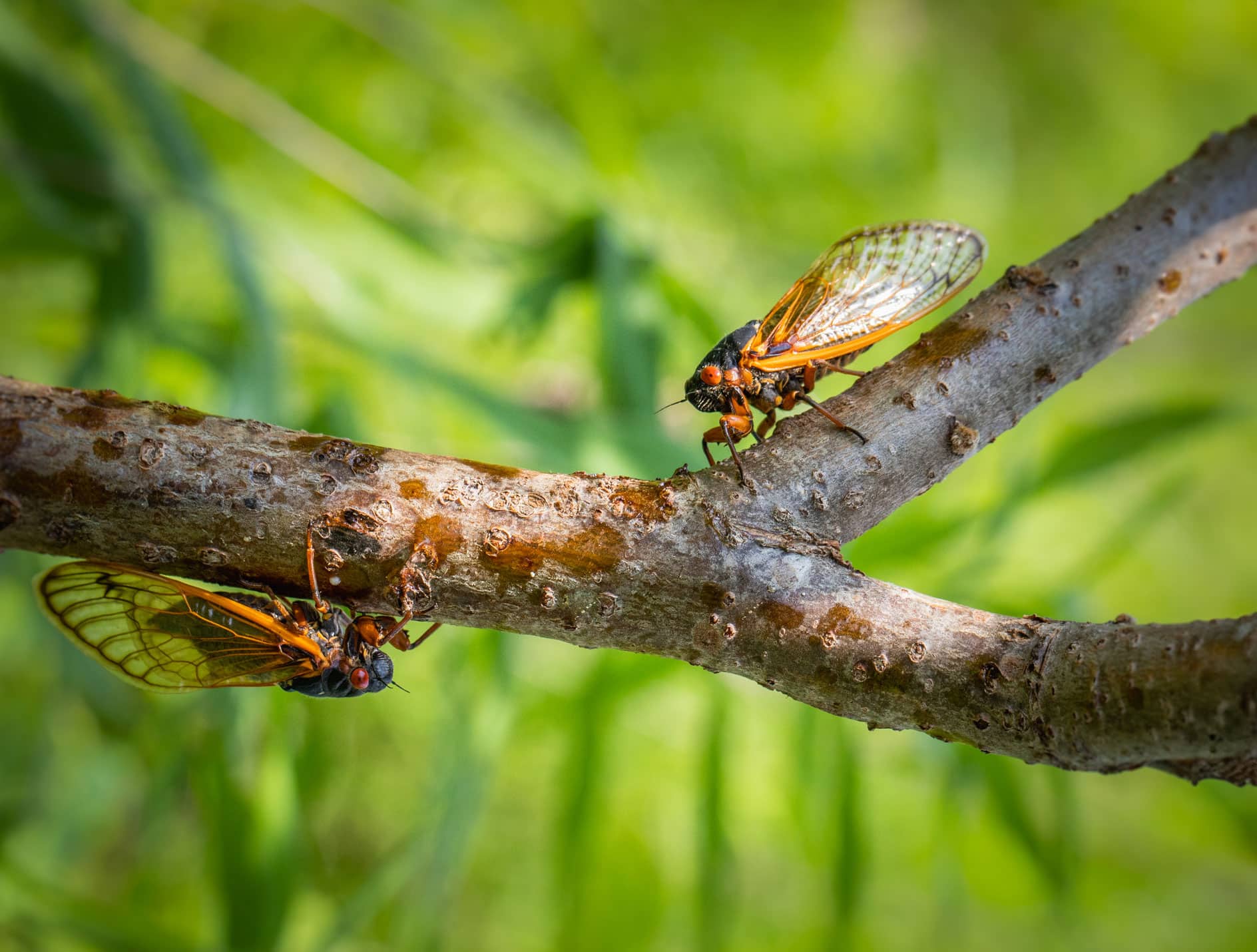Calling all earplug buyers and exoskeleton collectors, get ready for a cicada swarm this summer. But not just any swarm. This one will be extra special because it marks the first time in 221 years that two broods of cicadas will emerge in the U.S. simultaneously across states in the Southeast and Midwest.
“We’re very fascinated by this because this will give those two very, very different broods a chance to interbreed,” Michael Raupp of the University of Maryland’s Entomology Department told FOX 5. “We don’t know what’s going to happen. The only people that know are Mother Nature and then the cicadas. So, it’s going to be a very interesting experiment!”
According to the United States Environmental Protection Agency (EPA), both types of expected cicadas are periodical, which means unlike their annual copart, they emerge from the ground to mate, lay eggs, and die every 13-17 years. Brood XIX, the type of cicada that lives underground for 13 years, will emerge in our region throughout Georgia, Kentucky, southern Maryland, North Carolina, South Carolina, Tennessee, and Virginia. The 17-year cicada, known as Brood XIII, will be emerging in the Midwest.
“There’s only going to be one place in the world where these two broods are coming together potentially, and that’s out in central Illinois,” Raupp said. “For entomophobes, it could be a little bit dicey. But for geeks like me, it’s going to be our Super Bowl.”
Both broods are expected to emerge around mid-May and last through late June. According to the EPA, cicadas are not dangerous, though their eggs can cause minor damage to small trees. The EPA also explains that cicadas benefit the environment as a valuable food source for various animals and birds, aerating lawns, improving water filtration, and adding nutrients to soil as their bodies decompose.
“”They’ve been underground for 17 years—of course, they’re going to sing,” Raupp said. “They’re going to mate. They’re going to party in the treetops. They’ve been living a hard life underground. Let them get up, have some fun, and then they’ll be gone in about four weeks.”
Cover photo: Two periodical cicadas sharing a small tree branch in a meadow in eastern Pennsylvania. Courtesy of Getty Images.








